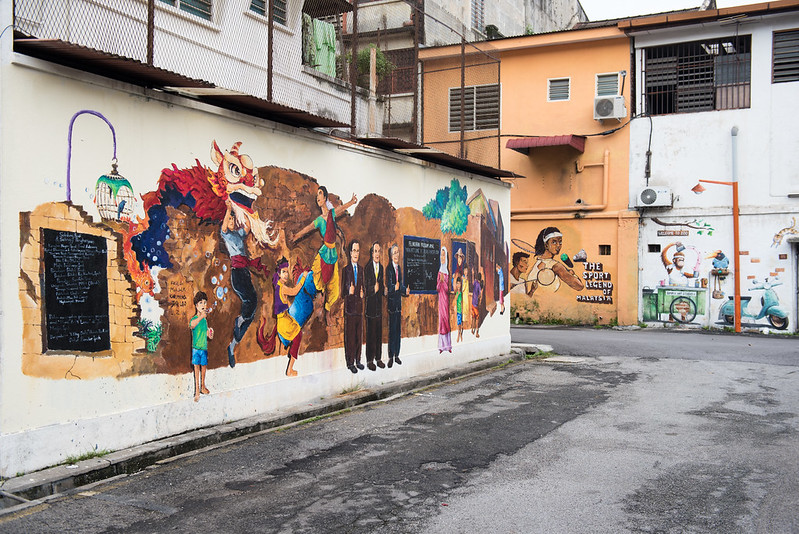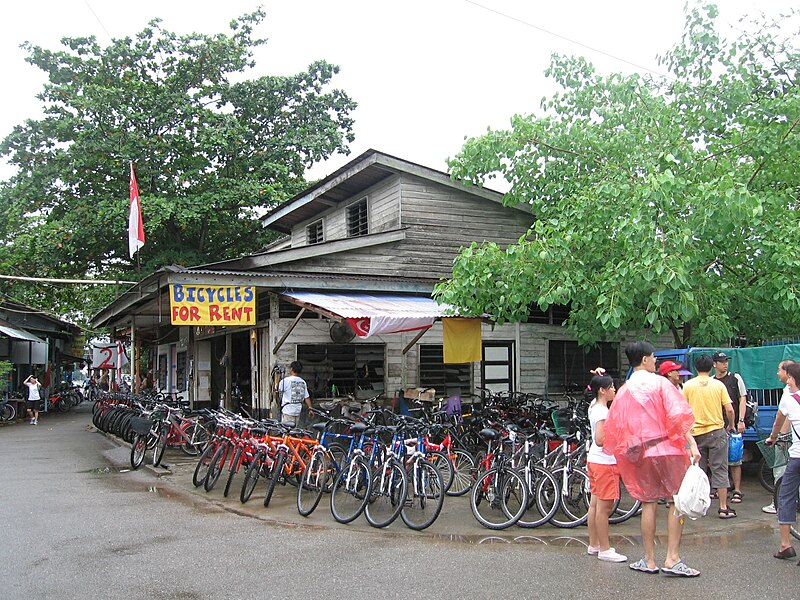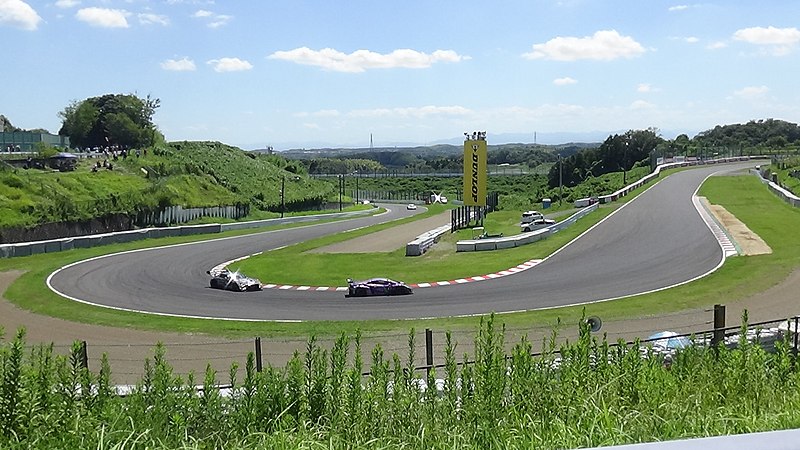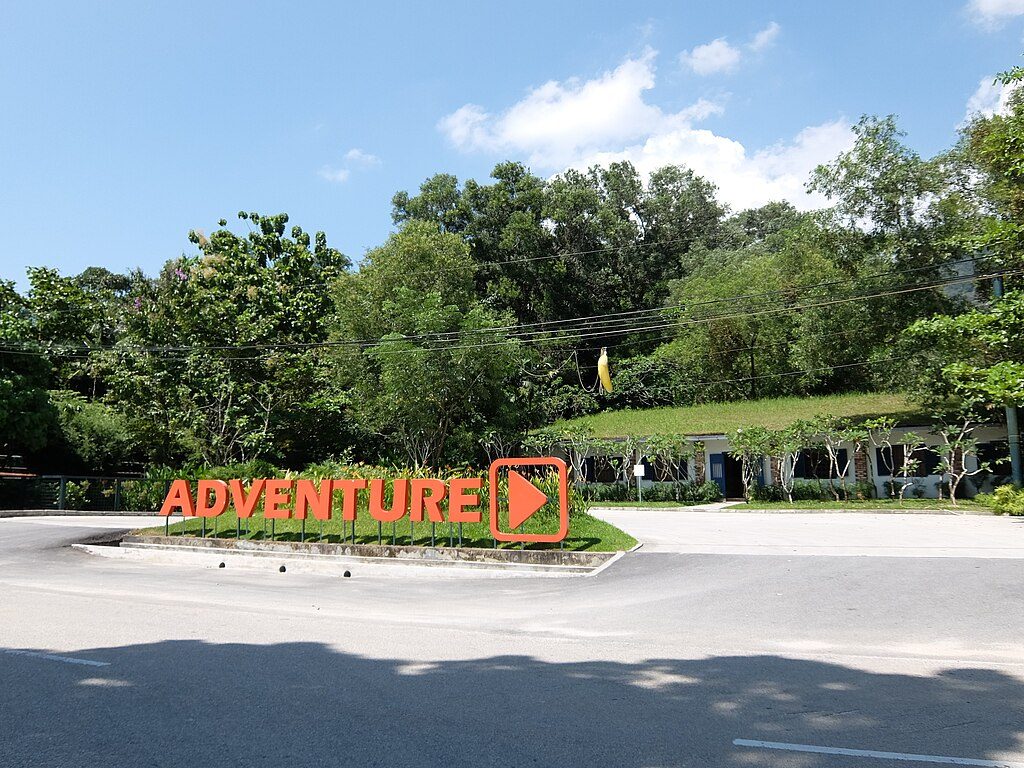Ipoh, the capital city of Perak in Malaysia, is a hidden gem filled with history, culture, and architectural wonders. The Ipoh Heritage Trail offers a unique opportunity to explore the city’s colonial past, its charming streets, and its eclectic blend of cultures. This self-guided walking tour through old Ipoh allows visitors to experience the city’s rich heritage up close. Let’s delve into the best way to explore Ipoh’s historic heart on foot.
Start at Ipoh Railway Station
Begin your trail at the iconic Ipoh Railway Station, often dubbed the “Taj Mahal of Ipoh” for its grand, Moorish-style architecture. Built in 1917, this building is a stunning example of British colonial architecture with its distinctive domes and arches. The railway station is not only a functional transport hub but also a historical landmark that has witnessed the evolution of Ipoh from a sleepy tin-mining town to a vibrant city. Take a moment to appreciate its old-world charm before setting off on your exploration.
Walk Towards the Town Hall and Old Post Office
Just a short walk from the railway station, you will find the Ipoh Town Hall and Old Post Office. These neoclassical buildings, with their stately columns and whitewashed facades, are reminders of Ipoh’s colonial past. Constructed in the early 20th century, they served as administrative centres during British rule. Today, they stand as a testament to Ipoh’s historical significance. The Town Hall is often used for cultural events, while the Old Post Office has been restored and repurposed as a community space.
Discover the Birch Memorial Clock Tower
Continue your journey to the Birch Memorial Clock Tower, erected in 1909 in memory of J.W.W. Birch, the first British Resident of Perak. This iconic clock tower features four panels depicting the evolution of civilization, with notable figures from different eras. While the monument has stirred some historical controversy, it remains an important landmark in Ipoh’s story. The clock tower stands as a central point in the town square, providing an excellent backdrop for photographs and a chance to reflect on the city’s colonial legacy.
Wander Down Concubine Lane
Next, make your way to Concubine Lane, just 10 minutes away from popular spots for staycation in Ipoh such as the famous city hotel Travelodge Ipoh, one of the most famous streets in Ipoh’s Old Town. This narrow lane, dating back to the late 19th century, is steeped in history and legend. It is said to have been a hideaway for the concubines of wealthy tin miners. Today, Concubine Lane has transformed into a vibrant area filled with quaint shops, cafes, street art, and market stalls selling local crafts and snacks. Take your time to stroll through the lane, soaking in the colourful atmosphere and admiring the beautifully preserved shophouses.
Explore Han Chin Pet Soo Museum
Your next stop is the Han Chin Pet Soo Museum, located just a few minutes from Concubine Lane. This museum is housed in what was once a private club for Hakka miners, and it offers fascinating insights into Ipoh’s tin-mining history and the lives of the miners who shaped the city. The museum’s exhibits include artefacts, photographs, and stories that depict the everyday life, struggles, and successes of the early Chinese immigrants. A visit here will give you a deeper understanding of Ipoh’s cultural heritage and its significance as a tin-mining hub.
End at the Ipoh Mural Art Trail

Conclude your heritage trail by exploring the Ipoh Mural Art Trail, a collection of street art scattered throughout the old town. These murals, created by local and international artists, depict scenes from Ipoh’s history, local culture, and everyday life. Highlights include works by Ernest Zacharevic, who is famous for his street art in Penang, and various other artists whose colourful creations add a modern twist to the city’s historic streets. Walking along the trail allows you to see how Ipoh’s past and present come together in a creative and engaging way.


















